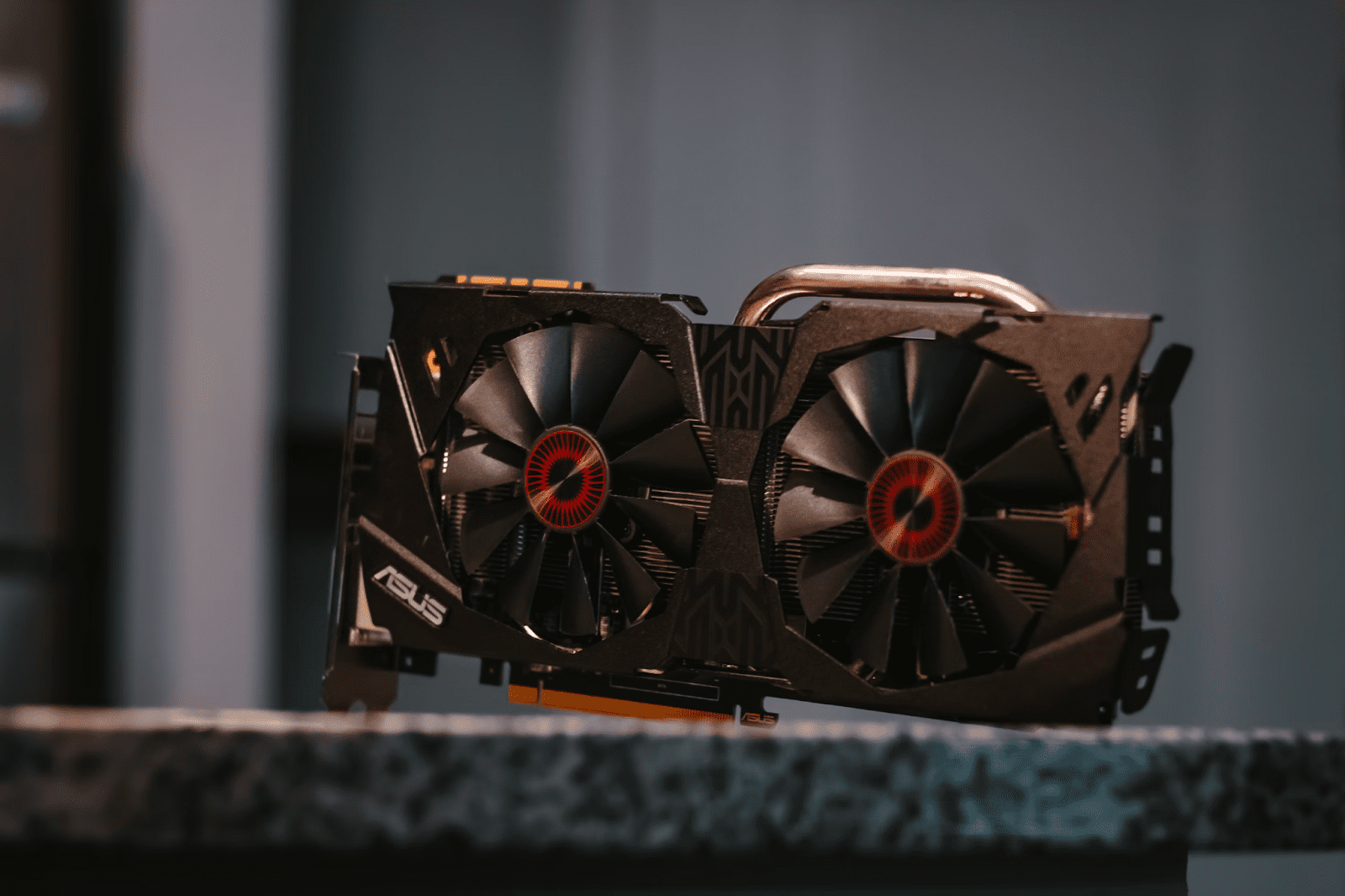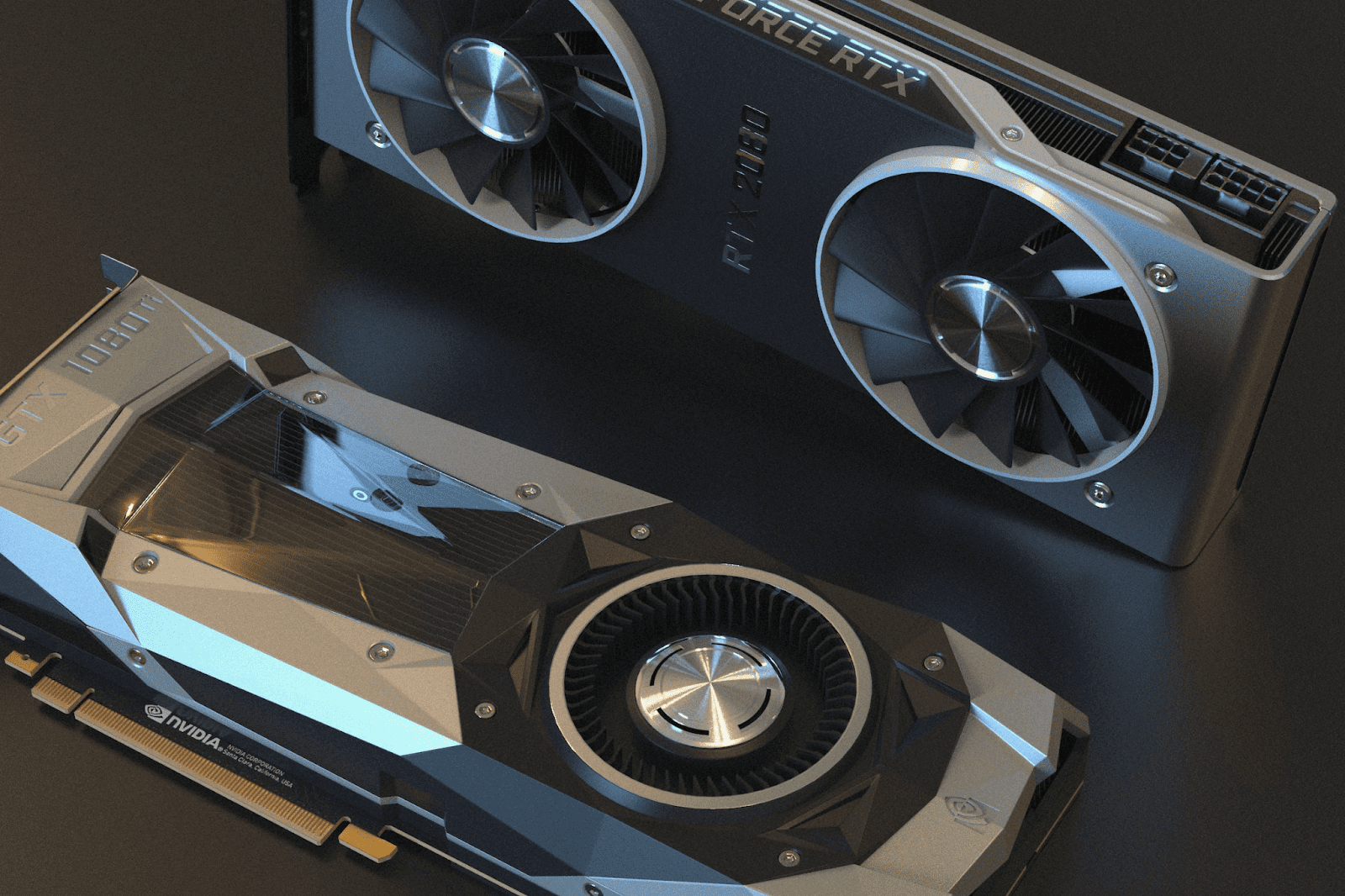If you’re serious about gaming, optimizing your system for the best graphical performance is probably at the top of your list. And when it comes to graphics cards or GPUs, there are a lot of choices out there — from budget models to high-end ones built for ultra HD gaming. Understanding what separates a quality GPU from others can help you make sure that you get the one that’s right for you and gives you an optimal gaming experience. In this blog post, we’ll explore in greater depth exactly what to look for in a quality GPU so that you know how to find the perfect match!
Understand the specifications, features, and performance of the GPU
When examining GPU specifications, the first thing you should look for is the graphics processing unit’s (GPU’s) core clock speed, measured in megahertz (MHz). This specification signifies the speed at which the GPU operates, with a higher clock speed often indicating better performance. However, it’s important not to make a decision based solely on this figure. Other essential specifications include memory bandwidth, which determines how quickly the GPU can access its memory, and the number of stream processors or CUDA cores (for AMD and Nvidia GPUs, respectively). These cores handle the computation tasks, and more cores typically mean better performance. Lastly, consider the GPU’s VRAM (video random access memory) — a crucial factor for gaming at higher resolutions. The larger the VRAM, the more data the GPU can store, which can lead to smoother gameplay and higher frame rates.
Know your budget and what to expect from different price points
Understanding your budget is a crucial step in choosing the right GPU. The market offers a wide range of options, from affordable ones suitable for casual gaming or everyday use to high-end graphics cards designed for intense gaming or professional graphic designing. However, with an increase in cost, there’s a corresponding rise in performance and additional features. Budget GPUs might handle older games or less graphic-intensive tasks, while mid-range GPUs are typically suitable for current gaming titles at medium settings. High-end GPUs, however, offer superior performance, capable of handling detailed graphics and higher frame rates in modern games, but they come with a hefty price tag. It’s important to recognize what your needs are, and what level of performance you are willing to pay for.
Consider the cooling system of the GPU
When building or upgrading a gaming computer, one important decision to make is how to cool your GPU. There are two main options: air cooling and liquid cooling. Air cooling involves using fans to circulate air over the GPU’s heat sink to dissipate heat. On the other hand, liquid cooling relies on pipes and a radiator to move liquid over the heat sink, absorbing and carrying away heat more efficiently than air. While air cooling is simpler and generally more affordable, liquid cooling can offer better performance and quieter operation. Ultimately, the choice between air or liquid cooling will depend on your budget, PC case, and personal performance preferences.
Think about how much VRAM is necessary for your gaming setup and GPU
Video Random Access Memory (VRAM) is another crucial factor to consider when choosing a GPU. VRAM is the dedicated memory that the GPU uses to store and quickly access data for rendering images. The amount of VRAM you need depends on the resolution at which you’re playing games and the complexity of the graphics. For basic gaming at 1080p resolution, 4GB of VRAM should be sufficient. However, for more intense gaming scenarios with higher resolution and detailed textures, such as 1440p or 4K, you might need a GPU with 8GB or even more VRAM. Bear in mind that more VRAM doesn’t necessarily translate to better performance, but not having enough VRAM could cause significant slowdowns. Therefore, it’s essential to get a GPU with enough VRAM for your specific needs, but there’s no need to overdo it.
Check out benchmark tests to compare different models on the market
Benchmark tests are invaluable tools in evaluating the performance of different GPU models. They provide a standardized measure of a GPU’s speed and efficiency, allowing you to compare different models under the same conditions. With GPU hierarchy lists and benchmark scores readily available online, you can easily see how various GPUs stack up against each other in terms of overall performance. It’s important to note that benchmark tests may not always reflect real-world gaming experiences, but they can provide valuable insights into a GPU’s capabilities. Be sure to check out multiple benchmark tests from reliable sources to get a well-rounded understanding of a GPU’s performance before making your final decision.
Be sure to check for warranties and customer service support
When investing in a GPU, it’s also critical to consider the warranty and customer service support provided by the manufacturer. A good warranty can offer peace of mind, ensuring your investment is protected in case of malfunction or defects. Different manufacturers provide different warranty durations and coverages, so make sure to read the fine print. In addition to the warranty, consider the reputation of the manufacturer for customer service. Good customer service can make a significant difference if you encounter any issues or have any queries about the product. Many manufacturers offer support through various channels like email, phone, or live chat. User reviews and manufacturer forums can provide valuable insights into a company’s customer service quality. Remember, a good GPU is an investment, not just a purchase, so think long-term when making your choice.
Selecting the right GPU can seem like a daunting task due to the multitude of options available in the market. However, understanding the specifications, knowing your budget, considering the cooling system, assessing the necessary VRAM, checking benchmark test results, and evaluating warranties and customer support can help guide your decision. Everyone’s requirements are unique, and what works best for one might not necessarily be the best for another. Therefore, make sure to consider all the factors discussed in this guide and align your choice with your specific needs and expectations. A well-thought-out decision will ensure that you enjoy the best gaming experience tailored to your preferences.




































